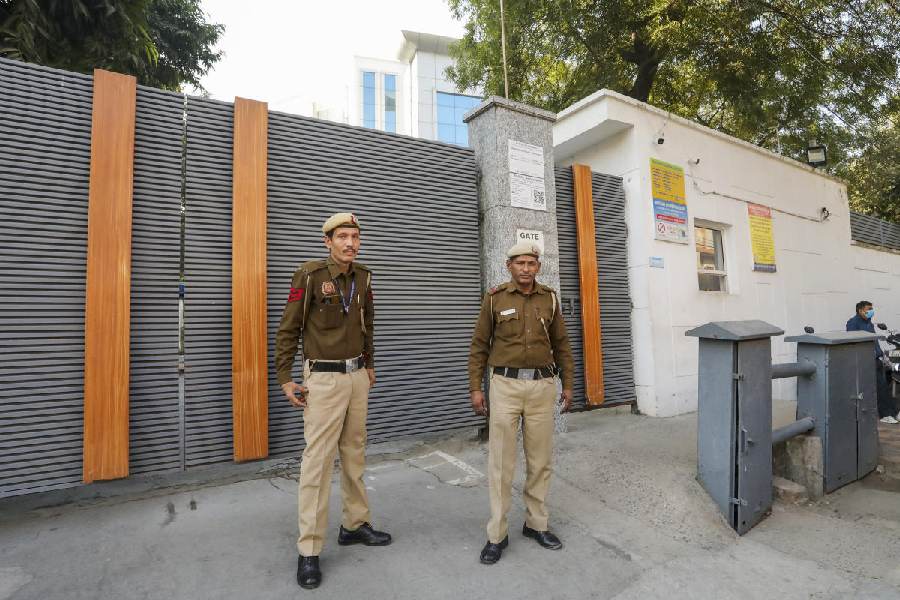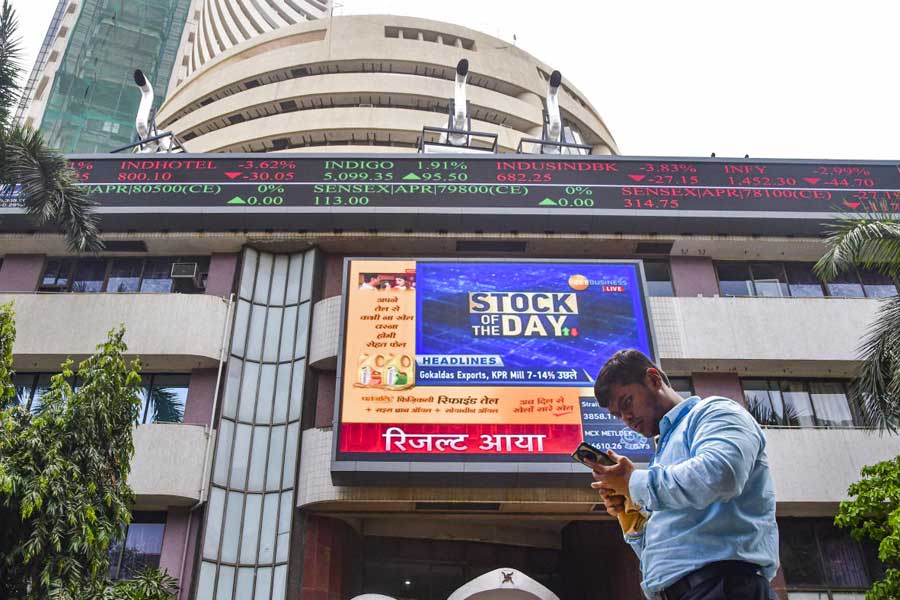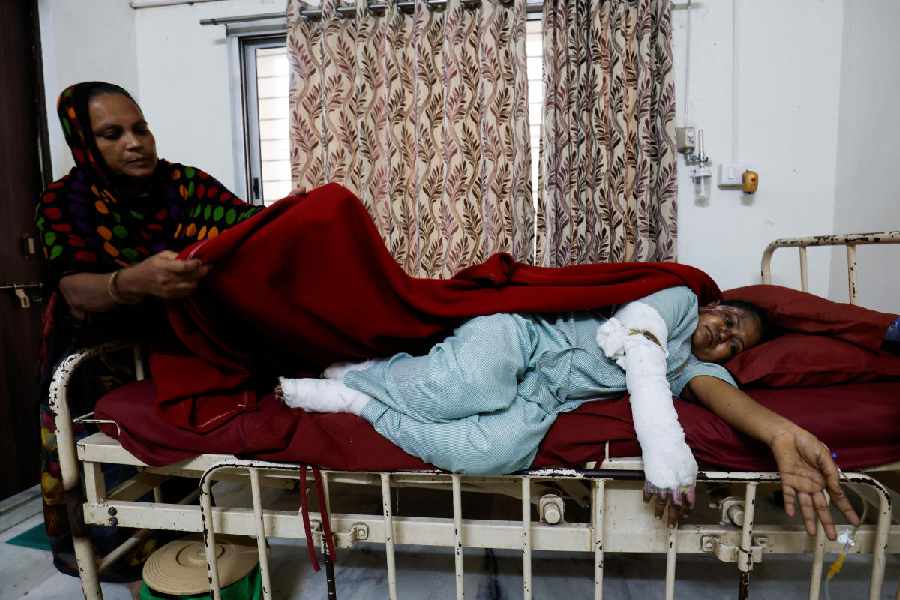 |
Researchers in Calcutta saw a global swine flu pandemic coming more than two decades ago when they detected the H1N1 virus in both pigs and humans in the city.
“H1N1 is one of the dominant strains in the pig population and may spill over to the human population, particularly in children and young adults who may not possess H1N1 antibody and thus become highly susceptible to this new strain,” warned the study, published in international journals (Folio Microbiol, 1994, and Acta Microbiologica Polonica, Vol. 45, 1996) but ignored by both the central and state governments.
Medical researcher Shyamalendu Chatterjee and his team at the city unit of the Indian Council of Medical Research had conducted sample surveys over 12 years, from 1981 to 1993. Over 3,500 people with acute respiratory infections were examined and 1,950 throat swab specimens drawn for tests.
The results? As many as 31.76 per cent of the viral strains found in those samples were of the H1N1 type. Of the 365 pig sera that were tested, the virus was detected in 206 samples.
“The results of our observations suggest the recycling of H1N1 strains of human influenza A in the population of Calcutta. Care must be exercised in case of any influenza outbreak… a new subtype may appear due to rapid genetic re-assortment of swine and human influenza A,” warned the report, first published in May 1994.
The report was forwarded to the Union health ministry, but no follow-up study was commissioned. A health department official said he was unaware of the report “because it was submitted when I was not even in service”.
Although there is no indication yet of the current pandemic originating from swine flu in any part of India, the environment, food and rural affairs departments have issued belated advisories to pig-farm owners. “They should look out for unusual signs of respiratory disease in pigs and contact a veterinarian if they are concerned or require any advice on protecting their pigs from swine flu,” reads one of the advisories.
Pork and associated products are sold in shops and served in restaurants across the city without restrictions.
 |
| Pigs being taken for slaughter in the city |
Scientists say there is no chance of infection once the meat is cooked. Cooking pork to an internal temperature of 160 degree Fahrenheit is known to kill the swine flu virus - if it is present in the meat - as well as other bacteria and viruses.
The World Health Organisation has said that the new strain of H1N1 spreads from person to person rather than from pigs to humans.
State health department officials claimed that a 'human influenza monitoring programme' was being conducted in the districts.
'The strain that is responsible for the pandemic is different from the human influenza strain, and has spread to other countries from Mexico. But we aren't taking any chances,' said a senior official.
Of the patients quarantined at the Infectious Diseases Hospital in Beleghata so far, two have tested positive for swine flu. Both are children and were returning from abroad with their families.
One of them, seven-year-old Shruti Ghosh, was discharged last Monday after a course of Tamiflu. Suchismita Das, 4, was released last Wednesday.










